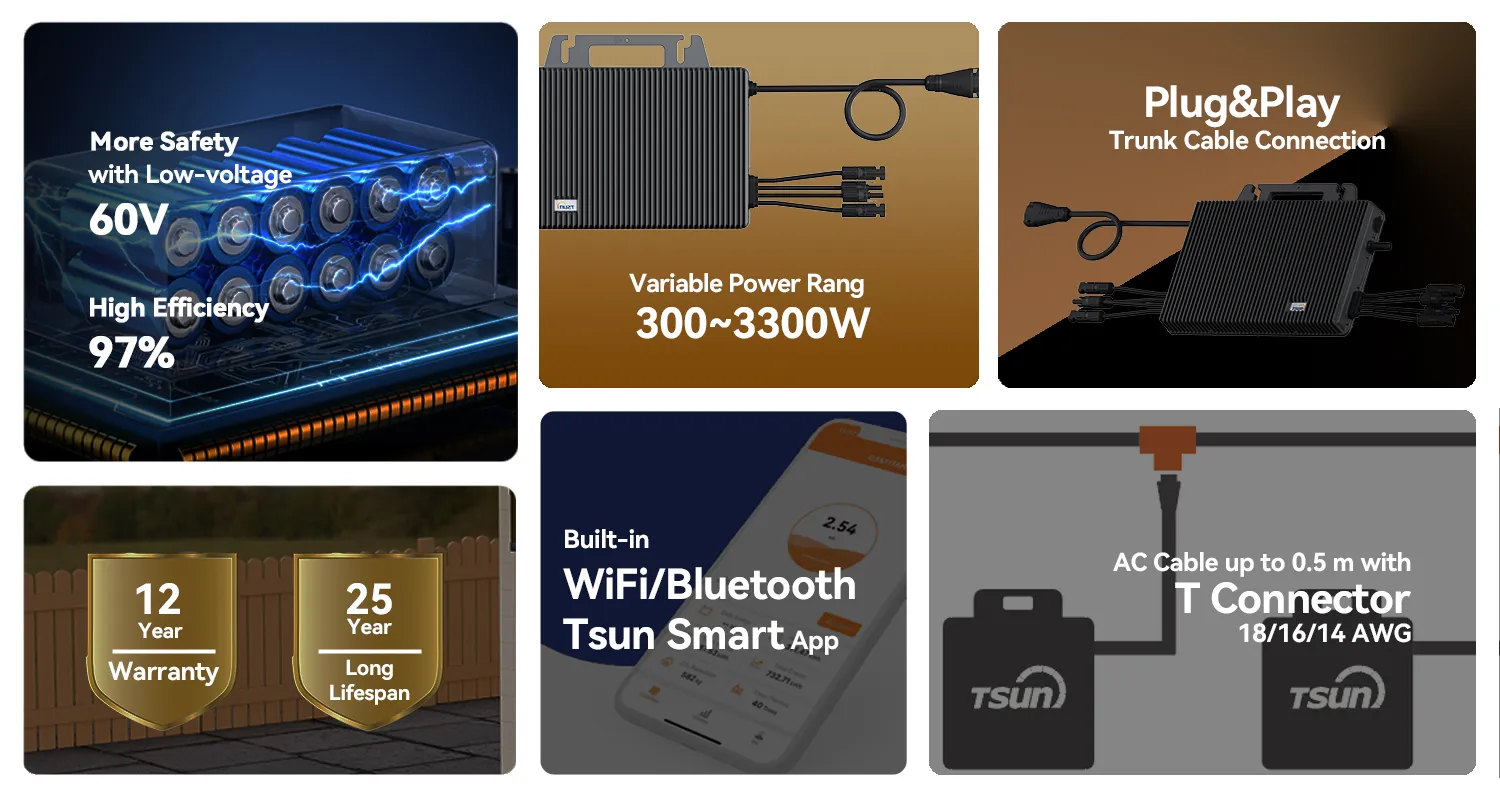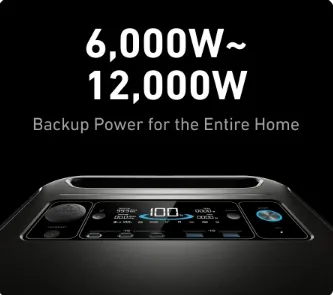Microinverters are a crucial component in modern solar energy systems, providing an innovative approach to optimizing and maximizing solar power conversion. Unlike traditional string inverters, which convert the direct current (DC) from multiple solar panels into alternating current (AC) at a centralized location, microinverters are designed to operate on a per-panel basis. This design not only enhances efficiency but also facilitates better energy output under varying conditions.

To comprehend how microinverters synchronize AC output, one must first grasp their fundamental function. Each microinverter is attached to a single solar panel, converting that panel's DC output into AC immediately. The primary challenge of using microinverters is ensuring that each unit's AC output is synchronized with the grid's AC supply. This synchronization is vital for maintaining a steady flow of electricity and ensuring the safety and reliability of the power system.
Microinverters achieve synchronization through a process called phase-locking. Each microinverter continuously monitors the grid’s AC waveform and frequency. By doing so, it can adjust its output to match the grid’s phase and frequency accurately. This real-time adjustment, managed by sophisticated algorithms and processors within the microinverter, ensures that the power it produces can seamlessly integrate with the broader electrical grid without causing any disturbances.

The benefits of this synchronization process are manifold. Firstly, it allows solar systems to be 'plug and play', thereby simplifying the installation process and reducing start-up times. Secondly, should any single microinverter or solar panel underperform due to shading, debris, or other factors, the overall system efficiency is less likely to be affected. This feature significantly contrasts with string inverters, where the performance of the entire array can be compromised by a single underperforming panel.
Furthermore,
microinverters can enhance energy harvest. With individual maximum power point tracking (MPPT), each panel functions independently, optimizing energy output even if other panels are compromised. Additionally, since microinverters convert DC to AC at the source, they reduce the high-voltage DC risks. Reduced DC wiring also means greater adaptability in solar array design and eventual expansion.
how do microinverters synchronize
Moreover, the real-time data monitoring capabilities of microinverters offer an unparalleled insight into each panel's performance. This functionality not only supports regular maintenance but also helps in diagnosing issues remotely, thereby reducing the need for on-site inspections and contributing to reduced operational costs.
Recognized for their reliability, microinverters come with robust designs to handle various environmental stresses, ensuring longevity and consistent performance. Many manufacturers offer extensive warranties on microinverters, reflecting the confidence in their product's durability and the technology's dependability, which is a crucial factor in consumer trust.
Nevertheless, they do present some challenges. The initial cost of a microinverter system can be higher compared to string inverters because each panel requires its own inverter, complicating the setup to some degree. However, the long-term benefits, including increased energy yield and reduced maintenance costs, often make microinverters a financially viable option.
For those considering solar energy, evaluating the synchronization capabilities and benefits of microinverters is essential. Partnering with reputable providers who offer reliable, tested microinverters ensures that consumers capitalize on innovations in solar technology, maximizing their system's efficiency and reliability.
In conclusion, microinverters offer a sophisticated solution to optimizing solar energy systems by ensuring seamless integration with the grid. Their synchronization capabilities, energy optimization features, and reliable performance make them a formidable choice for those seeking to invest in solar technology. With advancements in technology and continuous improvements in design, microinverters are likely to become the standard choice for residential and commercial solar installations alike. Their ability to offer dependable, efficient energy conversion and grid synchronization is a testament to their design’s innovation and the promising future of solar energy systems.
 LEARN DETAILS
LEARN DETAILS



